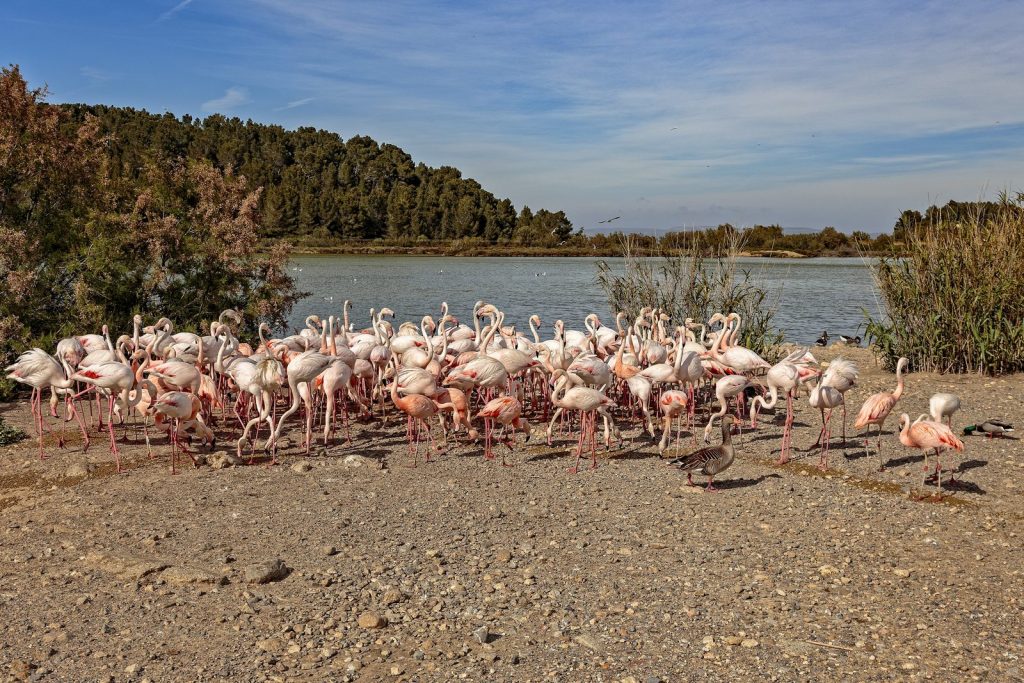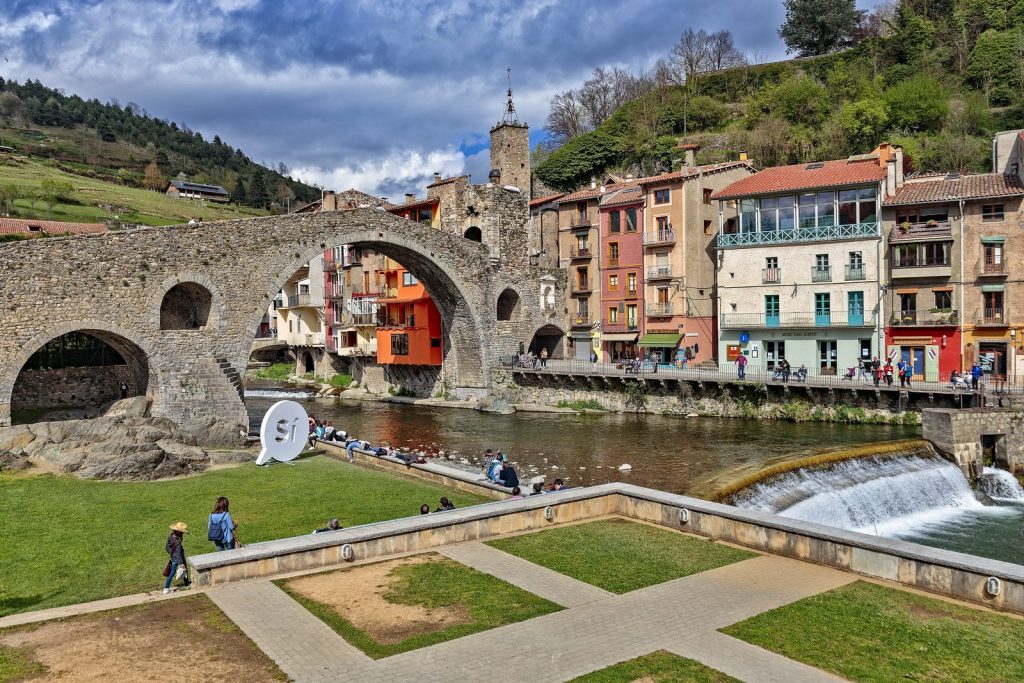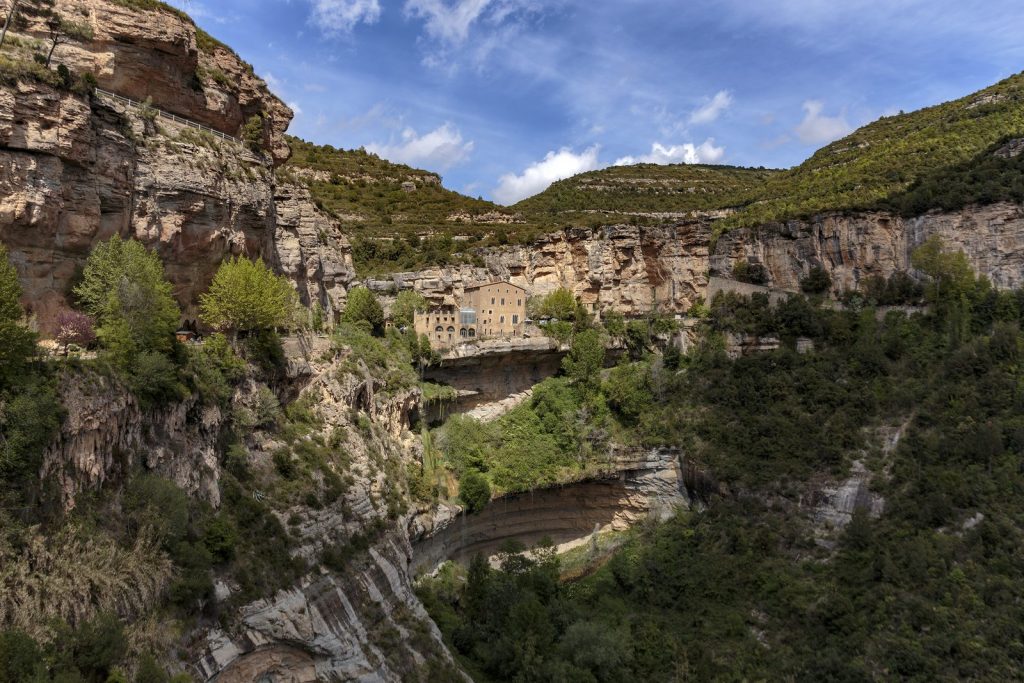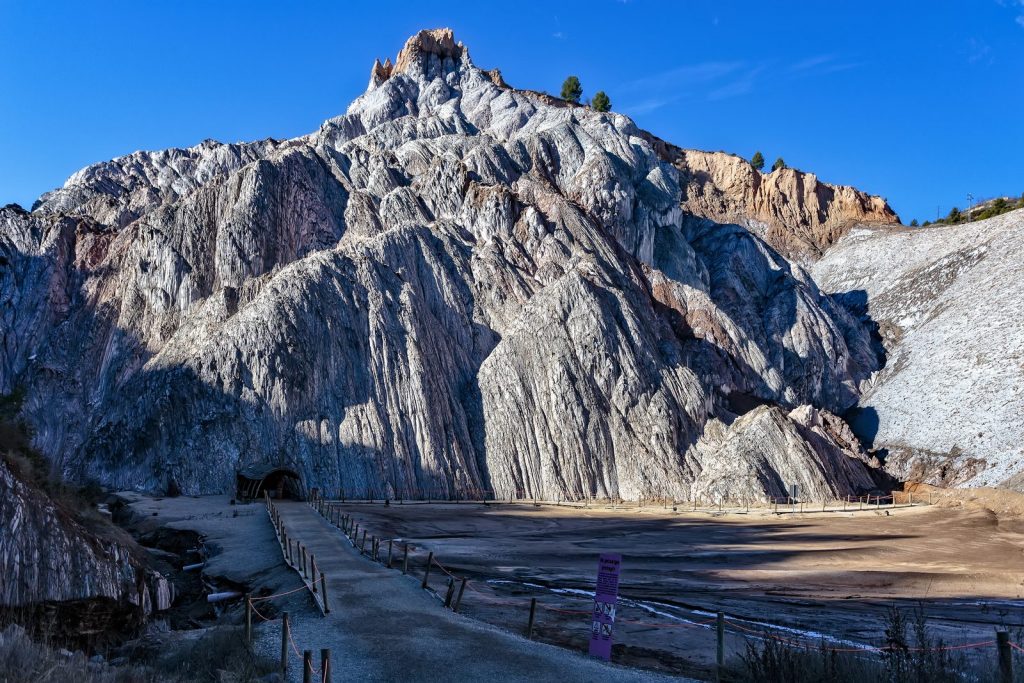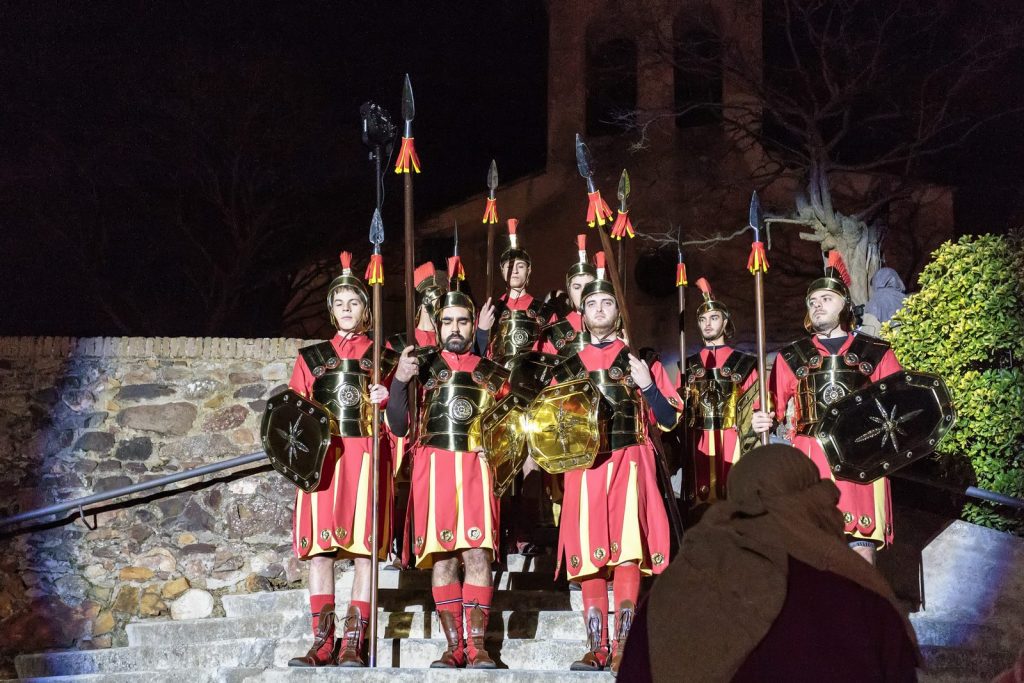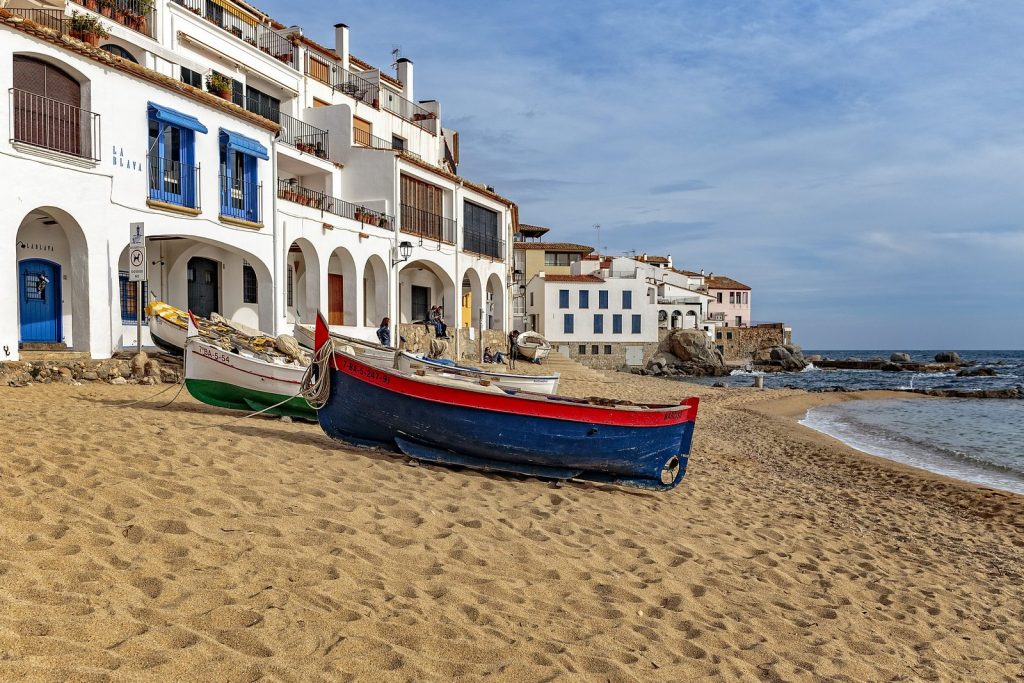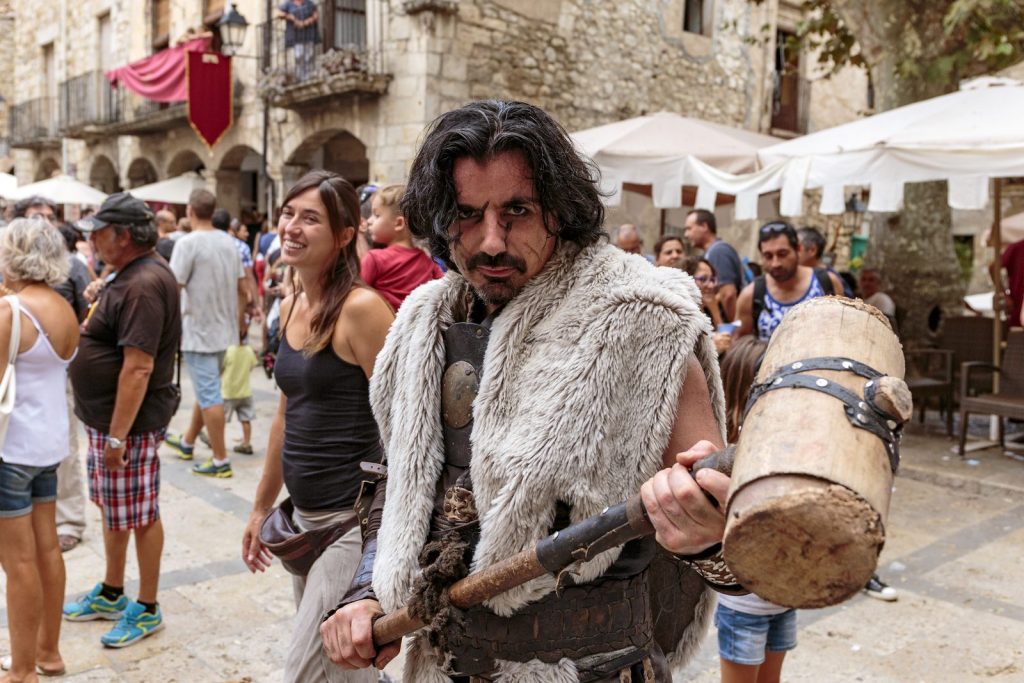News
Category: Points of interest
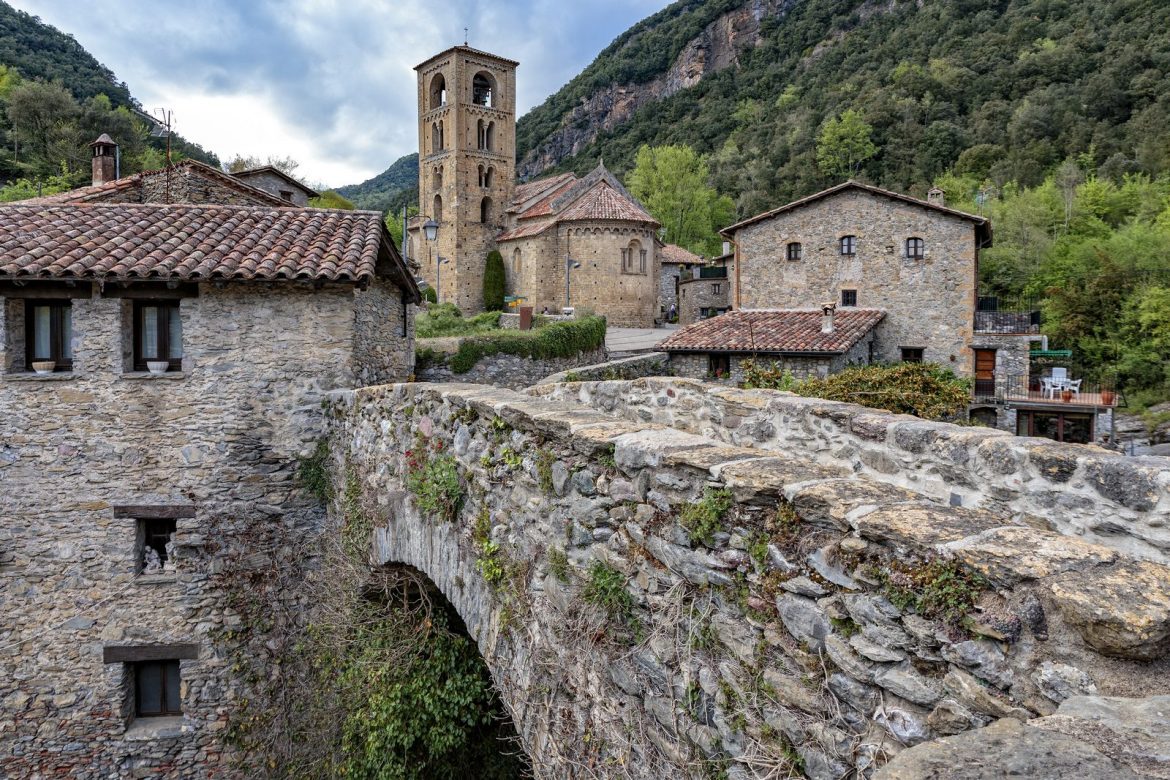
Beget (in Catalan pronounced as a Bazhet) – a tiny medieval village (first hit in historical chronicles in 1013) is located in a narrow canyon among forests in such a godforsaken place in the mountains of northern Catalonia that only a rare tourist can get here. However, if you are a real explorer and you want to enjoy a non-mass tourist product, then you should come here! Narrow pedestrian streets (it’s just not possible to pass by car through the village in principle!), old houses, clean mountain air, only 27 permanently registered residents …
Camprodon is an ancient city located in the fertile and very picturesque northern part of Catalonia. Even the road to it evokes a feeling of genuine delight – well-groomed horses peacefully nibble the weed on even green meadows, evoking a feeling of peace and harmony with the environment😊.
Among other attractions, the city is famous for its New Bridge (such bridges are usually also called “Romanesque” or “Devil’s”). Also worth noting is St. Peter’s Monastery, whose construction began in 904.
A detailed story about our trip to Camprodon accompanied by photographic cards can be viewed at the link.
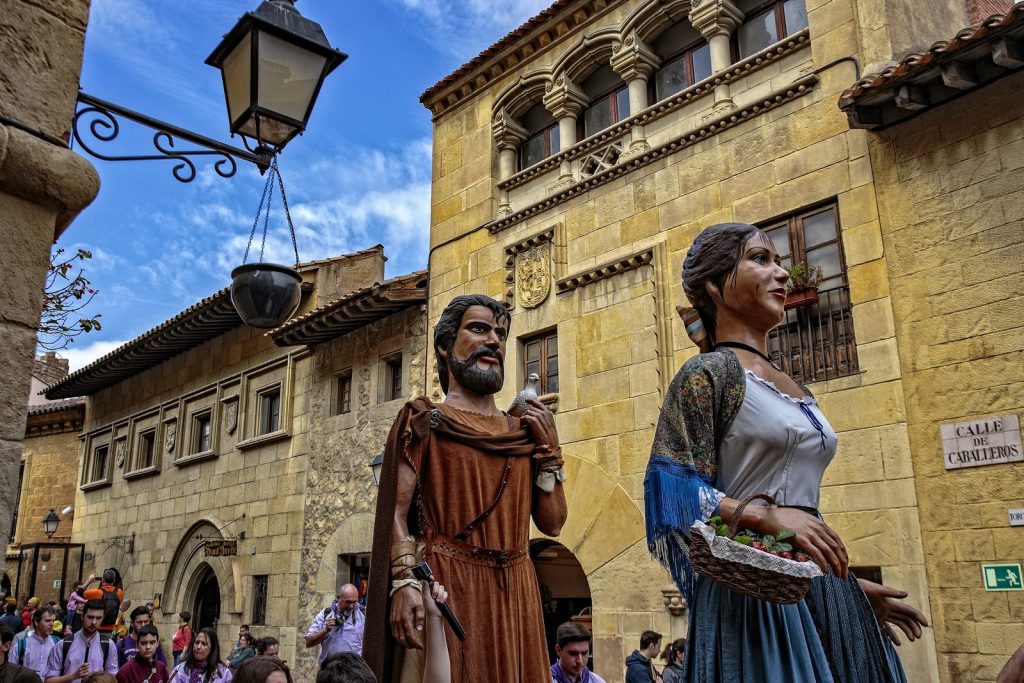
The procession of giant dolls is a Catalan tradition, rooted in the deep Middle Ages. Every self-respecting town, even a very small one, usually has a pair of giant dolls who take part in local festivals and sometimes travel to neighboring cities.
This time the procession of dolls took place not just anywhere, but in a Spanish Village in Barcelona, so we could not miss such a spectacle! The procession was attended by several dozen giant dolls and much more living people from the staff of the doll service teams.
The story of the history of this entertaining tradition, as well as photos of how the procession of giants in the Spanish Village in Barcelona looked this year, can be viewed at the link.
Incredibly beautiful place, located in the mountains between the Montserrat mountain range and the Montseny Natural Park.
The first structure dedicated to the Christian cult was built here in the X century, since then the Church of St. Miguel, located in a cave carved in the rock, has reached our times.
Stunning landscapes overlooking the Vall de Tenes valley below, a trail past a mountain waterfall, underground caves and much more await you…
You can read more details about Monastery of Sant Miquel del Fai, as well as to see the photos following the link.
The town of Cardona, located in the north of the province of Barcelona, became widely known in the Middle Ages and brought to the heights the wealth of its city rulers thanks to extensive (for those times) salt deposits, namely its famous Salt Mountain (Montaña de Sal).
Unfortunately, only a small hill remains from the mountain nowadays . But modern tourists are offered to make a tour of the underground galleries of the salt mining enterprise existing here before 1990 and enjoy the sights of the fantastic tangles of salt minerals.
A detailed story about the history of the Salt Mountain in Cardona and some photos (you are allowed to take photos only in a few places inside) can be viewed following the link.
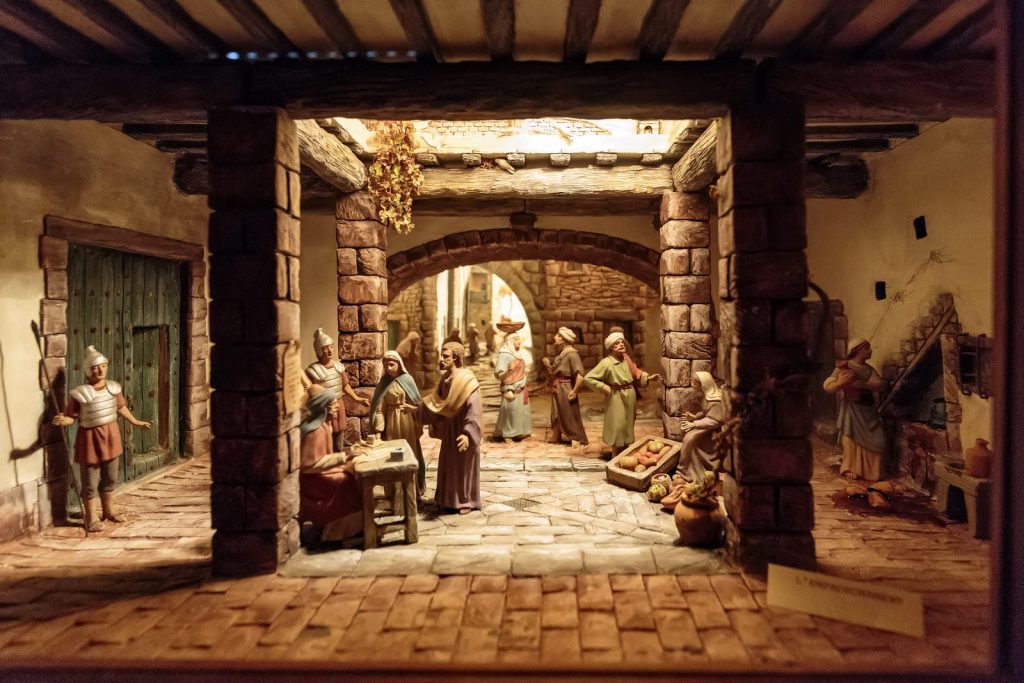
Located close to the small town of Santa Cristina de Aro there is a monastery of Santa Maria de Solius, famous for its exhibition of Nativity miniatures, depicting scenes from the birth of Jesus Christ and created by caring hands of Cistercian monks from the monastery.
The miniatures are made of gypsum plaster; in their manufacture, the exteriors of real houses from various cities were reproduced; pleasant surprise to identify your home in the Nativity scene!
To obtain more information to plan your visit, as well as to see the photos of some Nativity miniatures in the monastery of Santa Maria de Solius please follow the link.

 Русский
Русский
 Français
Français
 Español
Español
 English
English
 Català
Català
